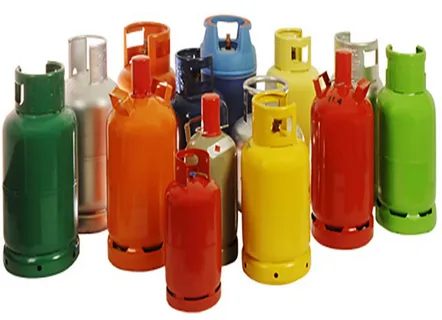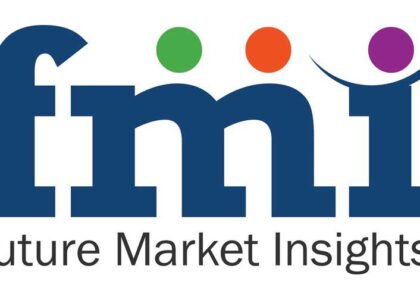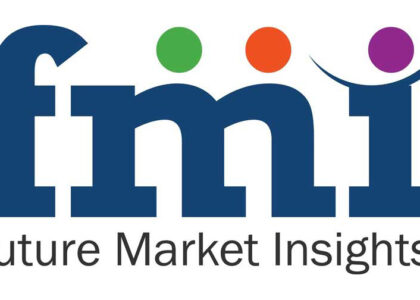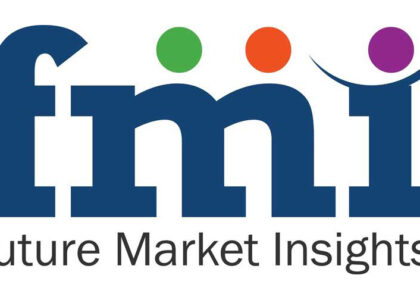The global automotive gas cylinder market is projected to attain a valuation of USD 2.4 billion by the end of 2033. Automotive gas cylinders, crucial for gas storage under specific pressure conditions, are gaining traction due to their role in storing and transporting gases such as compressed natural gas (CNG), liquefied petroleum gas (LPG), and hydrogen. As gas-powered vehicles become more popular for their economical transportation costs compared to traditional fossil fuel vehicles, the demand for automotive gas cylinders is set to rise significantly.
The automotive gas cylinder market, valued at USD 1.6 billion in 2023, is expected to grow at a compound annual growth rate (CAGR) of 4.3% from 2023 to 2033. This growth is driven by increased production and sales of vehicles equipped with gas cylinders and the demand for cost-effective, safe transportation. Automotive gas cylinders are essential in both passenger and commercial vehicles, providing a safe and convenient way to store fuel gases. Innovations in composite materials, such as carbon fiber and glass fiber, have addressed weight and safety concerns, contributing to market expansion.
Key Takeaways
- Market Growth: The automotive gas cylinder market is projected to grow from USD 1.6 billion in 2023 to USD 2.4 billion by 2033, at a CAGR of 4.3%.
- Technological Advancements: The development of composite materials like carbon fiber and glass fiber has improved the safety and efficiency of gas cylinders, driving market growth.
- Regulatory Support: Government regulations aimed at reducing greenhouse gas emissions are encouraging the adoption of gas-powered vehicles, boosting the automotive gas cylinder market.
- Economic Transportation: Gas-powered vehicles offer more economical transportation options compared to fossil fuel vehicles, enhancing the demand for automotive gas cylinders.
Regional Insights
- Europe and North America: These regions currently dominate the global automotive gas cylinder market, supported by stringent pollution standards and safety regulations.
- South Asia & Pacific: Expected to emerge as a high-growth region by 2033, driven by the rising demand for industrial gases and CNG vehicles. This region is anticipated to have the largest market share by 2033.
- Market Share: South Asia & Pacific and North America, with their large fleets of CNG-powered vehicles, are projected to hold significant shares in the global market during the forecast period.
Challenges and Opportunities
While the automotive gas cylinder market is poised for growth, certain factors may hinder its expansion. The higher initial costs of CNG-powered vehicles and the ongoing development of hydrogen-run vehicles pose challenges. Additionally, the heavy-duty commercial automotive segment is affected by the lower power of gas fuel compared to gasoline, limited gas availability, and time-consuming refueling processes.
However, the growing automobile market presents lucrative opportunities for the automotive gas cylinder industry. Innovations in gas cylinder technologies are expected to propel the market forward, ensuring a steady demand for these essential components in the automotive sector.
Market competition
Some of the Key market players in the automotive gas cylinder market include 3M, CleanNG, CNG Cylinders International, Cobham plc, Faber Industrie S.p.A., Luxfer Gas Cylinders, Quantum Fuel Systems LLC., Beijing China Tank Industry Co. Ltd., Everest Kanto Cylinder Ltd., and MCS Technologies GmbH. To offer better products and remain competitive, companies employ various strategies such as product launches, strategic collaborations and acquisitions, partnerships, agreements, and contracts.
Key segments profiled in the automotive gas cylinder market
By Product Type:
- type 1
- type 2
- type 3
- type 4
- type 5
By Vehicle Type:
- passenger
- light commercial
- heavy commercial
By Region:
- North America
- Latin America
- Europe
- East Asia
- South Asia & Pacific
- Middle East & Africa (MEA)
About Future Market Insights (FMI)
Future Market Insights, Inc. (ESOMAR certified, recipient of the Stevie Award, and a member of the Greater New York Chamber of Commerce) offers profound insights into the driving factors that are boosting demand in the market. FMI stands as the leading global provider of market intelligence, advisory services, consulting, and events for the Packaging, Food and Beverage, Consumer Technology, Healthcare, Industrial, and Chemicals markets. With a vast team of over 400 analysts worldwide, FMI provides global, regional, and local expertise on diverse domains and industry trends across more than 110 countries. Join us as we commemorate 10 years of delivering trusted market insights. Reflecting on a decade of achievements, we continue to lead with integrity, innovation, and expertise.
Contact Us:
Future Market Insights Inc.
Christiana Corporate, 200 Continental Drive,
Suite 401, Newark, Delaware – 19713, USA
T: +1-347-918-3531
For Sales Enquiries: sales@futuremarketinsights.com
Website: https://www.futuremarketinsights.com
LinkedIn| Twitter| Blogs | YouTube





